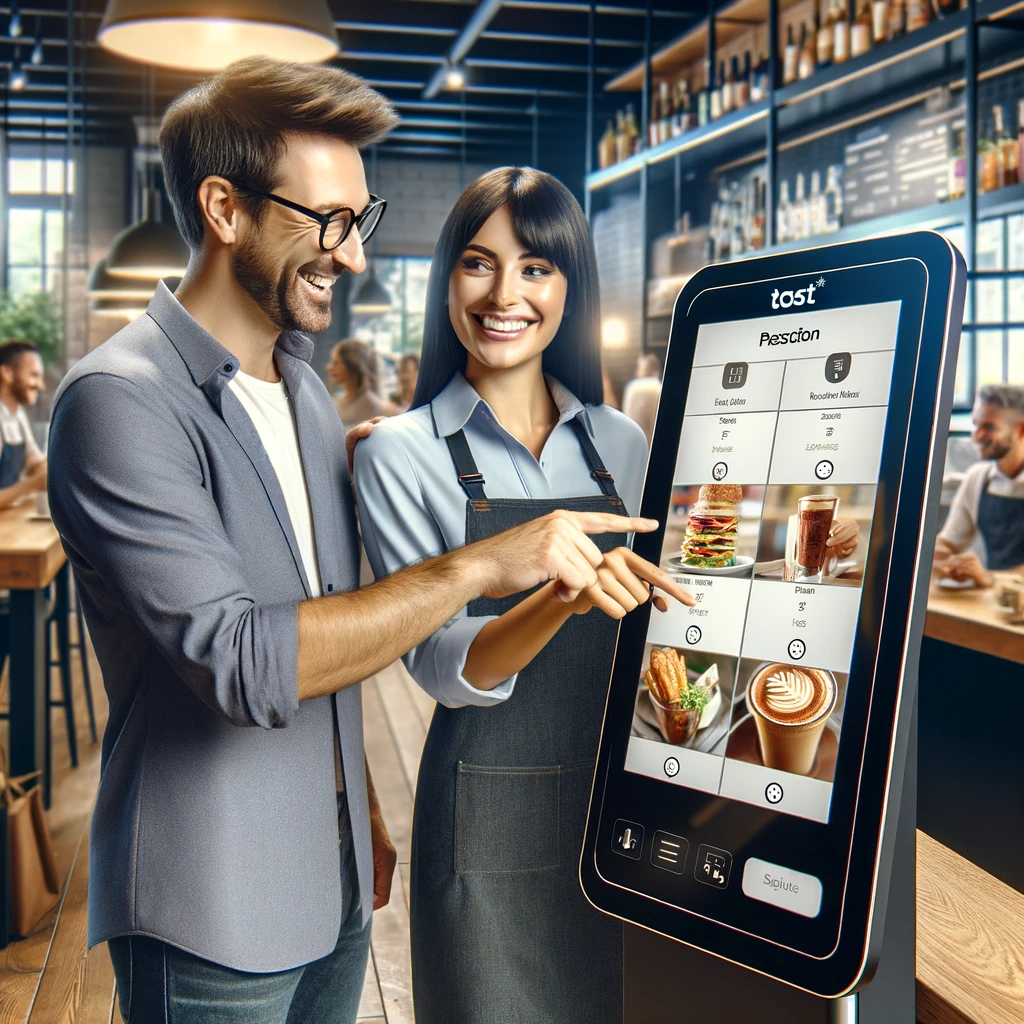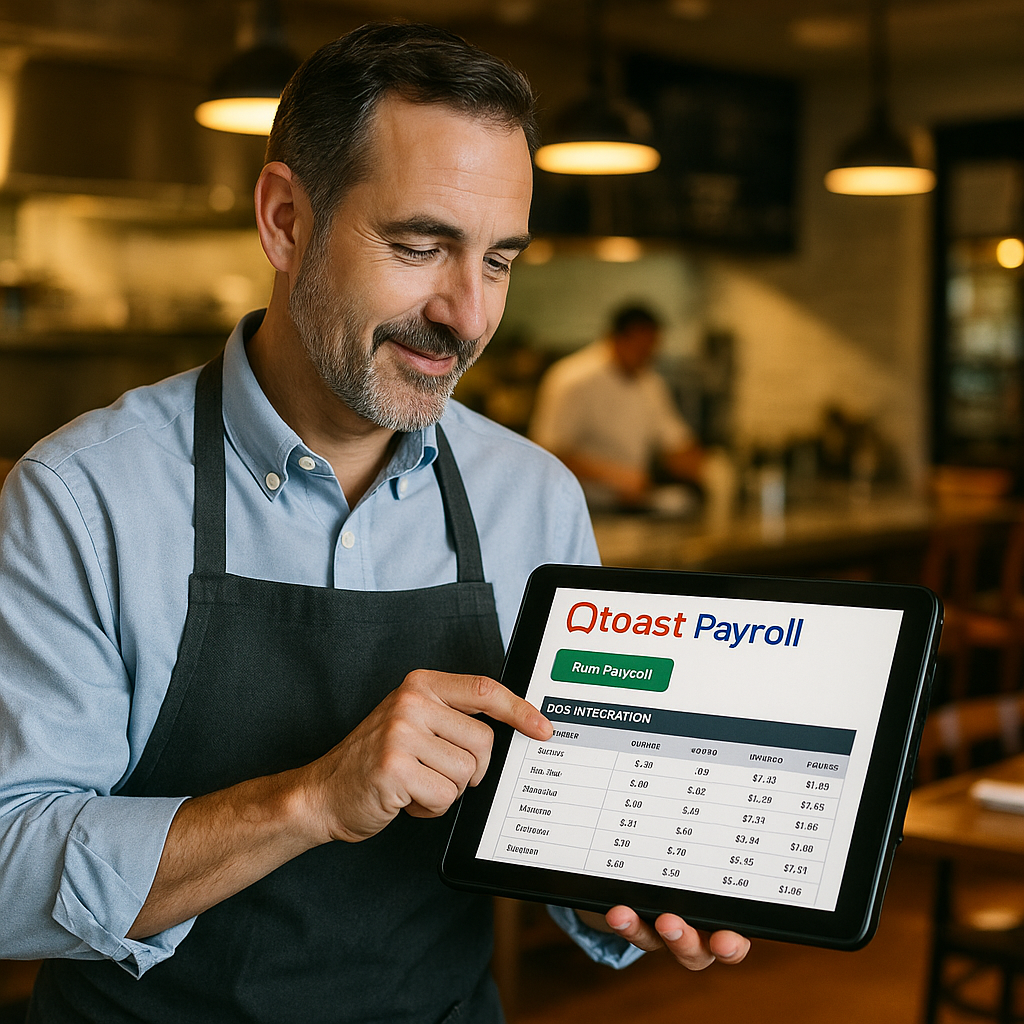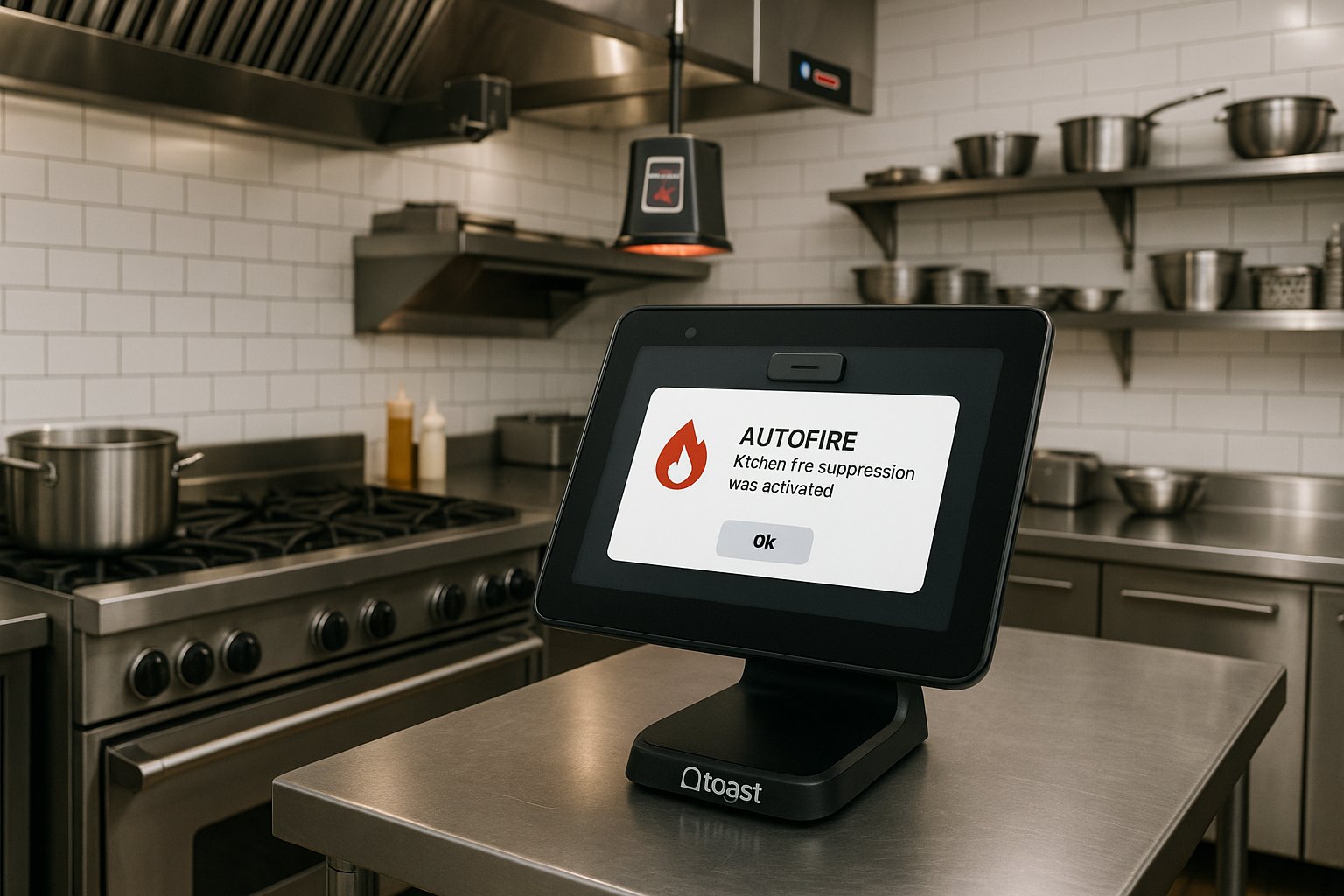Understanding the Role of Menu Development in POS
Introduction
Menu development is a critical aspect of restaurant management that directly influences customer experience and profitability. With the increasing reliance on technology, integrating menu development into your Point of Sale (POS) system, like Toast POS, can streamline operations and enhance decision-making. Understanding how to effectively utilize your POS for menu development can lead to improved customer satisfaction and increased sales.
The menu is often the first point of interaction between the restaurant and the customer. A well-developed menu not only showcases your culinary offerings but also reflects your brand identity. By leveraging Toast POS for menu development, you can create an organized, user-friendly, and visually appealing menu that resonates with your target audience. This can involve careful consideration of item descriptions, pricing strategies, and seasonal offerings.
Moreover, integrating menu development with your POS system allows for real-time updates and changes, essential for maintaining relevance in a fast-paced dining landscape. By utilizing the features of Toast POS, restaurant owners can easily modify menu items based on customer preferences, inventory levels, and sales trends, ensuring that their offerings are both desirable and profitable.
Key Features of Toast POS for Menu Management
Toast POS offers an array of features that cater specifically to menu management, making it an invaluable tool for restaurant operators. One of the standout features is the ability to easily customize menu items, including ingredients, prices, and descriptions. This customization allows you to keep your menu aligned with current trends and customer preferences, helping to attract and retain patrons.
Another important feature is the ability to manage menus across multiple locations seamlessly. For restaurant chains, Toast POS ensures that each branch maintains a consistent menu while allowing for localized variations. This flexibility is crucial for catering to different markets while preserving brand identity. Additionally, the platform provides insights into menu performance, allowing operators to identify which items are performing well and which might need re-evaluation.
Lastly, Toast POS facilitates the integration of online ordering and delivery options directly into the menu, broadening your customer reach beyond the physical restaurant. This capability is particularly important in today’s digital age, where convenience and accessibility are key to customer satisfaction.
Strategies for Creating a Dynamic Menu
Creating a dynamic menu involves more than just listing food items; it requires strategic planning and ongoing evaluation. Start by analyzing customer preferences and sales data available through Toast POS. This analysis can guide decisions on which items to feature and how to structure your menu. Seasonal menus, rotating specials, and themed offerings can keep the dining experience fresh and exciting.
Incorporating customer feedback is another effective strategy. Use surveys or encourage comments to gain insights into what patrons enjoy and what they feel could be improved. This direct feedback can inform menu changes and help foster customer loyalty, as patrons appreciate restaurants that listen to their needs.
Furthermore, consider the layout and design of your menu. A well-organized menu that highlights popular items, includes enticing descriptions, and offers visual appeal can enhance the dining experience. Utilizing Toast POS, you can experiment with different menu designs and formats, ensuring that your menu not only attracts customers but also encourages higher spending through strategic placements.
Analyzing Menu Performance with Toast POS
Conclusion
Analyzing your menu’s performance is crucial for ongoing improvement and profitability. With Toast POS, restaurant owners have access to detailed analytics that reveal which menu items are driving sales and which are underperforming. This data can be instrumental in making informed decisions about menu adjustments, pricing strategies, and promotional activities.
Utilizing the reporting features of Toast POS, you can track sales trends over time, identify peak ordering times, and see how different items perform across various customer demographics. This information allows for data-driven menu optimization, helping to align your offerings with customer preferences and market demands.
Ultimately, regular analysis of menu performance not only boosts sales but also ensures that your restaurant remains competitive in an ever-evolving industry. By staying attuned to your customers’ tastes and preferences, and leveraging the power of Toast POS, you can create a menu that is both dynamic and profitable.


